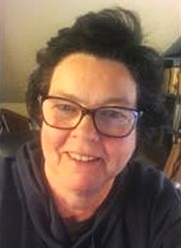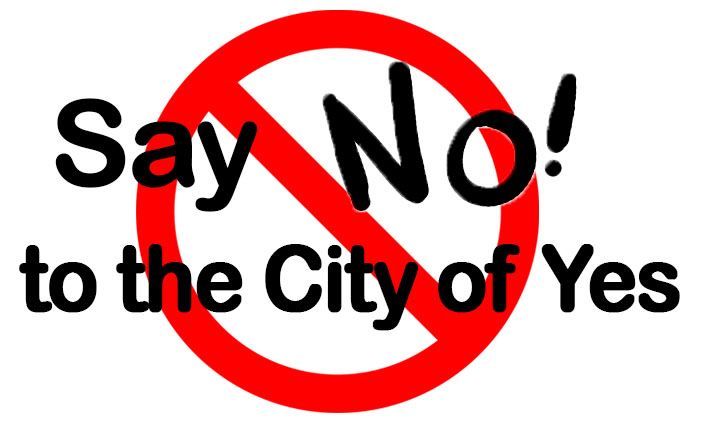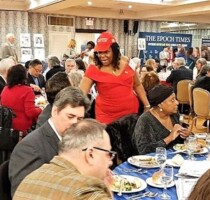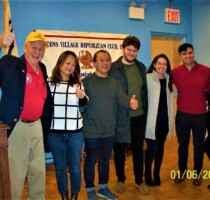Refuting the rosy picture painted by those who would sacrifice my neighborhood for more, and more expensive “housing units”


The planning documents for City of Yes for Housing present a rosy picture in which thousands of affordable new homes flood the market, eliminating the housing shortage and reducing costs, with no drastic changes to any of our neighborhoods. That picture is not accurate at all, and the rampant disinformation needs to be refuted before this ill-conceived proposal comes to a vote. If passed, the City of Yes for Housing will permanently destroy many neighborhoods – especially, but not limited to, historic neighborhoods in Eastern Queens.
There are 5 basic myths at the foundation of the proposal:
- A little more housing everywhere. The proposal claims that no neighborhood will be overly burdened, and that all of our communities can easily absorb just a few more homes to solve the crisis. There are no limits built into this proposal, however – there is nothing that would prevent “a little more” from becoming “a lot more” once developers target a neighborhood. None of that new housing may be affordable if developers see an opportunity to build market-rate or even luxury units instead.
- The character of your neighborhood won’t change. A high-density neighborhood that is already filled with apartment buildings may not feel different once a few more buildings are added. But it’s disingenuous to suggest that a low-density neighborhood now made up of single-family homes will not have a different character once it starts filling up with apartment buildings.
- We are not eliminating single-family zoning. That is simply not true. Once accessory dwelling units are allowed in single-family zones, no builder will ever erect a single-family home again. Even if the zoning on the books remains the same, in fact the neighborhood would become a multifamily zone. Why not say plainly that New York City no longer wants anyone to live in a single-family zone, rather than hiding that intention behind the myth?
- Single-family zoning is racist, exclusionary, and outdated anyway. New York City has a marvelous diversity of housing and neighborhoods to suit many different needs, for people of all kinds. It is untrue and insulting to imply that our single-family zoning is racially exclusionary. In my current Zip code, 11361, the population is half White, a third Asian, and the remainder a mix. In the nearby neighborhood where I grew up, Zip code 11429 is 80 percent Black, with the remainder a polyglot. What we have in common is that we want, and have earned, our little patches of green and tiny plots of land. With only 15 percent of New York City zoned for single-family homes, why would we want to eliminate housing diversity and deny it to those of us who have worked our way up to homeownership?
- It’s only fair to treat the whole city the same way. The only truly fair way is to treat communities as the unique entities that they are. For example, eliminating the off-street parking requirement may be workable where car ownership is low and there are commercial garages available for those who need parking. In neighborhoods like mine, people need and have cars – and wishing they didn’t doesn’t make it so. Allowing developers to build multi-family buildings without off-street parking will lead to predictable results: more cars, with nowhere to park them. A developer can walk away and leave a neighborhood to deal with more cars on the street. That is not an issue to be shrugged off, but a real consequence, and it’s why the entire city cannot be treated the same.
City planners who are trying to solve a real problem – a need for more housing – are trying to do so by destroying historic neighborhoods when there are alternatives. Thousands of empty NYCHA units, luxury investment units that stand empty, landlord-held unoccupied apartments, deserted shopping malls, empty office buildings, outdated industrial buildings – these all have potential for conversion to housing. It may be easier to just demonize homeowners who want to preserve their communities, but once our historic neighborhoods are gone, they are gone forever. If the planners behind the City of Yes for Housing were honest, their PowerPoints and webinars would admit candidly that they are deliberately targeting our neighborhoods for urbanization.

Not since Robert Moses imposed his vision of a car-friendly metropolis, decimating neighborhoods in the process, has there been such a threat to our neighborhoods. We are not “housing units” – we are homes, and neighbors, and communities. The City of Yes for Housing is a crude cudgel that would destroy our communities, hidden behind the myth that it would be creating affordable housing.
Roseann Henry is immediate past president of the Bellcourt Civic Association in Bayside, Queens.





